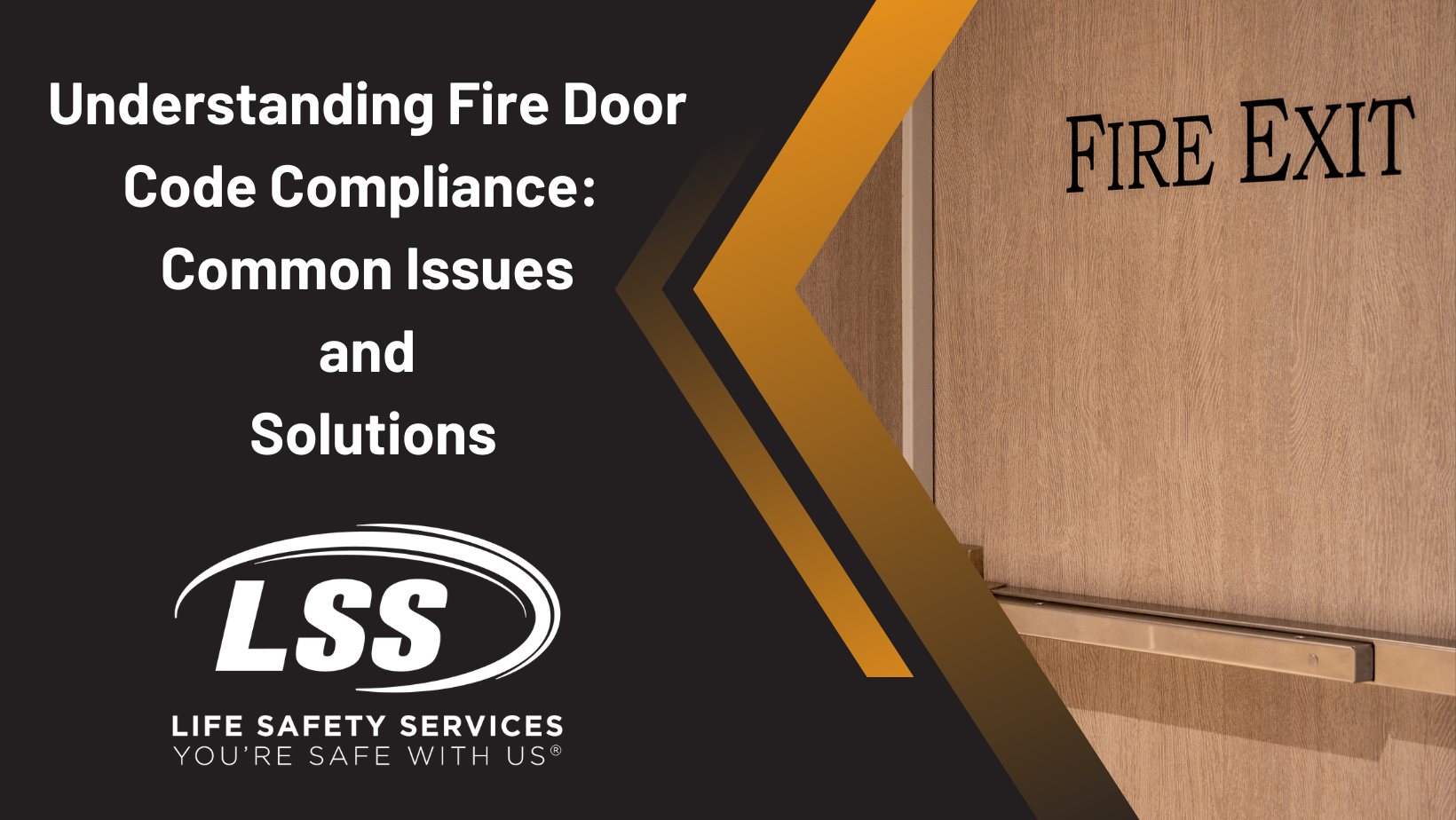
Fire doors play a critical role in safeguarding lives and property during emergencies. Properly installed and maintained fire doors are essential to prevent the spread of fire and smoke, allowing occupants to evacuate safely. However, several issues can compromise the effectiveness of fire doors, rendering them non-compliant with building codes and regulations. Here are some common issues that can cause a fire door to be non-code compliant and potential solutions to ensure their proper functionality.
1. Incorrect Installation
One of the primary reasons fire doors fail to meet code compliance is incorrect installation. This can include mistakes in alignment, hardware installation, or using incompatible components. For instance, if the gaps between the door and frame are too large or uneven, smoke and fire can easily pass through, rendering the door ineffective.
Solution: Proper installation by trained professionals is crucial. Following the manufacturer's guidelines and local building codes is essential to ensure a fire door is correctly installed. Regular inspections can also identify any installation issues that may arise over time.
2. Missing or Damaged Components
Fire doors are composed of various components like door closers, hinges, intumescent seals, and door handles, all of which play vital roles in the door's fire-resistance capabilities. Missing or damaged components can significantly reduce a fire door's effectiveness.
Solution: Regular inspections and maintenance are key to identifying and addressing any missing or damaged components. Replacing worn-out or damaged parts with suitable alternatives from the same manufacturer will help maintain the door's code compliance.
3. Inadequate Fire Rating
Fire doors are given fire ratings based on their ability to withstand fire for a specified period. Using a door with an insufficient fire rating for the particular location or occupancy can lead to code non-compliance.
Solution: Understanding the fire safety requirements for a building is essential during the design and construction phases. Install fire doors with the appropriate fire rating for each specific location and ensure that the chosen doors meet all relevant standards.
4. Blocked or Obstructed Doorways
In many cases, people unintentionally block or obstruct fire doors by placing objects in front of them, leaving them propped open, or using wedges to prevent them from closing. This can severely impact the door's ability to contain fire and smoke.
Solution: Educating building occupants about the importance of keeping fire doors clear and unobstructed is vital. Regular checks should be performed to ensure that fire doors can close freely and latch securely.
5. Poor Maintenance and Neglect
Over time, fire doors may experience wear and tear due to regular use, exposure to environmental factors, or lack of proper maintenance. Failure to maintain fire doors can lead to issues such as damaged seals, misalignment, or dysfunctional hardware.
Solution: Implement a comprehensive maintenance program that includes regular inspections, repairs, and replacements as needed. Building owners should prioritize fire door maintenance to ensure they remain code compliant.
Fire doors are a crucial element of fire safety in any building, and their compliance with local codes and regulations is of utmost importance. Understanding the common issues that can cause fire doors to be non-compliant and taking proactive measures to address these issues will help enhance the overall fire safety of a structure. By prioritizing proper installation, regular maintenance, and educating building occupants about the importance of fire door functionality, we can ensure these doors fulfill their critical role in protecting lives and property during emergencies. Remember, fire safety is a shared responsibility, and every effort counts in saving lives.
Learn more about how LSS Life Safety Services® can help your fire doors become and stay NFPA code compliant here.

